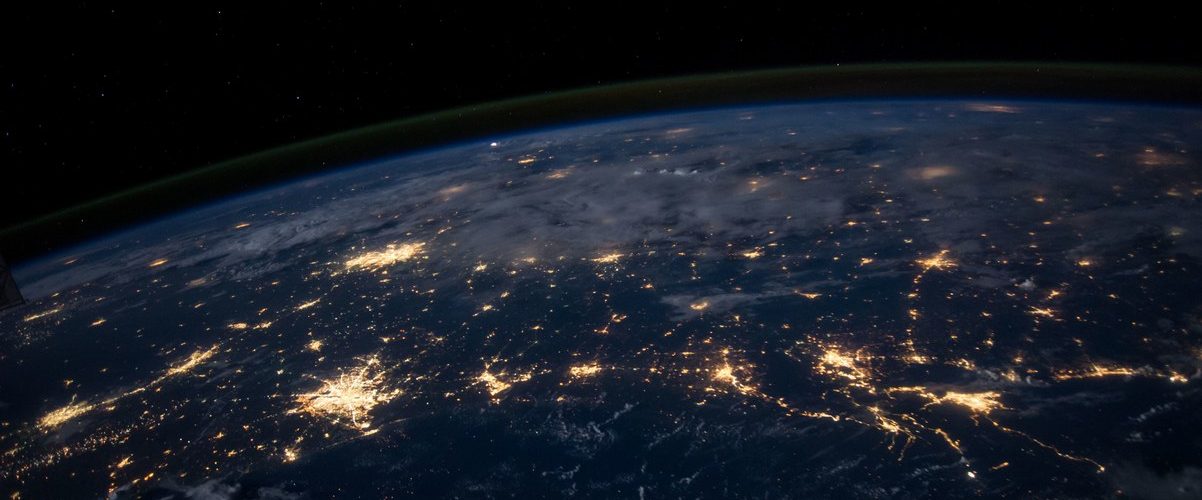- VAT rates differ between jurisdictions, with rates ranging from 0% to 27%
- VAT accounts for 20% to 30% of government revenues in various regions
- Reduced VAT rates are often applied to essential goods and services
- VAT taxes are not environmental taxes and may not directly influence production methods
- VAT can be used in a complementary fashion to carbon taxation to support green transitions
- Examples of using VAT to support carbon taxation include higher rates for carbon-intensive foods or packaging materials
Source: financing.desa.un.org
Note that this post was (partially) written with the help of AI. It is always useful to review the original source material, and where needed to obtain (local) advice from a specialist.
Latest Posts in "World"
- E-Invoicing & E-Reporting developments in the news in week 49/2025
- Top Invoice Numbering Mistakes and Simple Ways to Prevent Costly Errors
- Country Profiles on E-Invoicing, E-Reporting, E-Transport, SAF-T Mandates, and ViDA Initiatives
- VAT Deduction: Historical Development and Legal Principles Shaping Modern Consumption Taxation
- Basware on YouTube – Compliance without the boring bits – Episode 5 (December 9)















